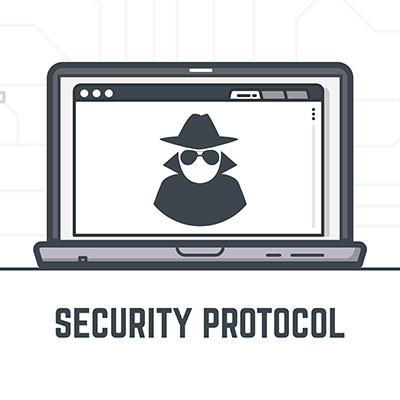FRS Pros Blog
What Would You Do in Response to a Breach?
While we—for reasons that should be obvious—tend to focus our attention on preventing and avoiding cybersecurity breaches, it is important that we address how your business responds to a successful breach attempt. Let’s go over how to create a data breach response plan.
First, it is important that we understand what a data breach response plan is.
A Data Breach Response Plan is a Field Guide to Business Continuity
That’s really what it all boils down to—a data breach response plan is simply a collection of strategies that you’ll need to follow to mitigate the worst impacts of this data breach. Your response plan should specify the following:
- The definition you use to describe what qualifies as a breach
- The internal procedures used to share news of the breach
- The contact details for each member of the team responsible for dealing with the breach
- The procedures to identify the cause of the breach, to isolate all impacted systems, and to notify all required parties
- The list of reparations to be made to those whose data was impacted, like identity theft protections and credit monitoring
Having this plan prepared can help you eliminate many of the high costs otherwise associated with breach response and management, while also helping you preserve your reputation and your business’ all-important uptime.
The Steps of Data Breach Response Development
1. Identify Potential Vulnerabilities
If you want your breach response to be effective, you need to have an idea of what might lead to your business’ data being breached—employee error or intent, data loss of all kinds, disruption of service—while also considering the outcomes, like a hit to your business’ reputation and legal ramifications.
2. Assign Roles for Your Team Members
Responding to a data breach needs to be an all-hands-on-deck situation, with people in all positions playing a part. Documenting the responsibilities of each team and department in your response plan will maintain transparency.
3. Have Assorted Protections in Place
As we always recommend, there is an assortment of security solutions needed to keep as many threats as possible out of your network. Ensuring your team is compliant to stringent password policies, maintaining redundant copies of your data in both on- and off-site storage solutions, and a variety of other safeguards will be critical to your success.
4. Establish Processes
From identifying that there is an issue and what caused it to communicating amongst the team to isolate and remove it, you need to have established processes that have been tested to be effective. You also have to ensure that you have a list of all parties that need to be notified after a breach takes place—government entities, business associates, and the media, if need be.
5. Review and Adjust
Finally, you need to consider your breach response protocol to be a living process. With threats constantly evolving and advancing, you need to evaluate how effective your breach response tactics are and improve them periodically.
We Can Help You Establish a Response for Data Breaches… Or, Ideally, Prevent Them
Don’t just trust that you won’t be targeted. Reach out at 561-795-2000 to find out more about our services.



